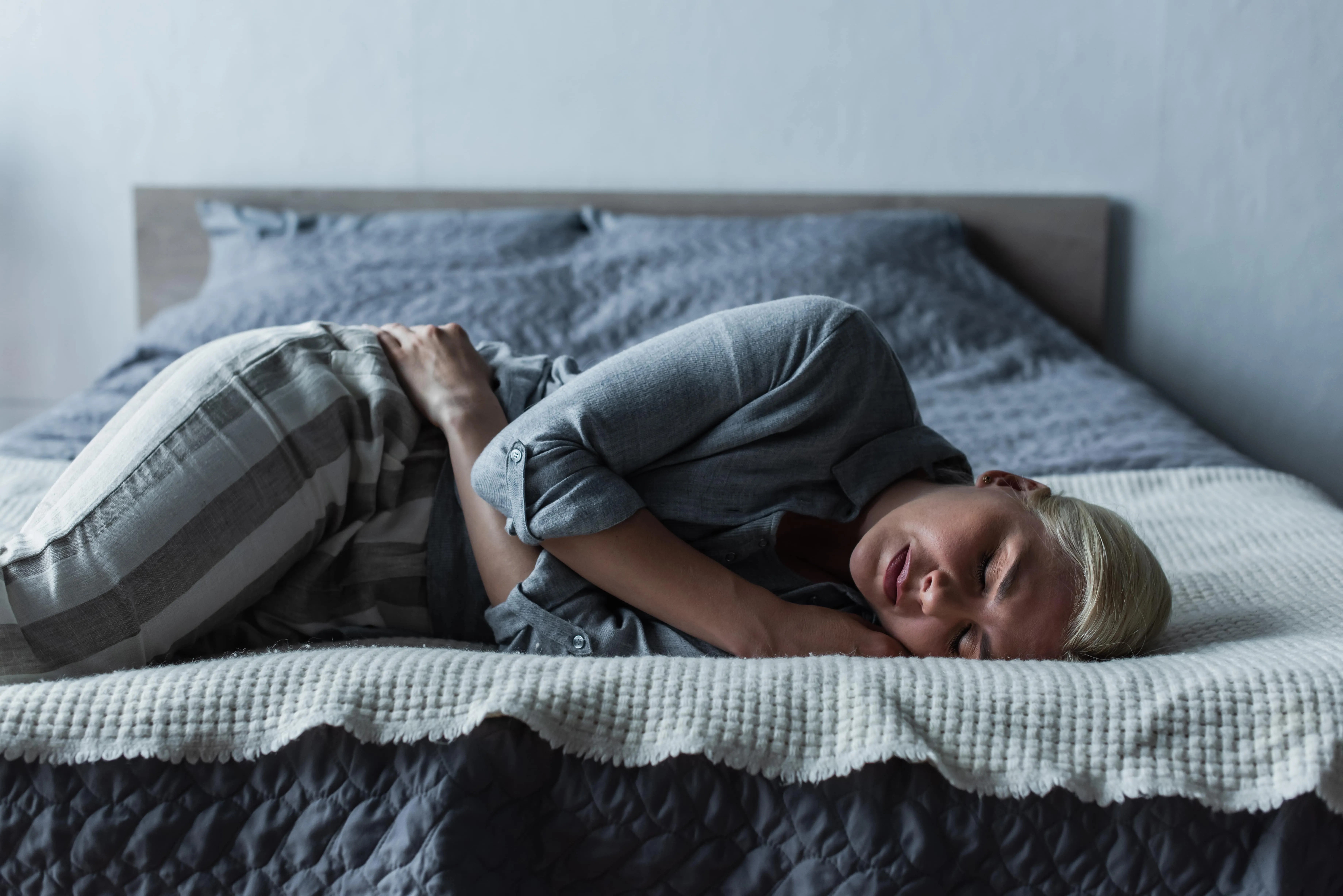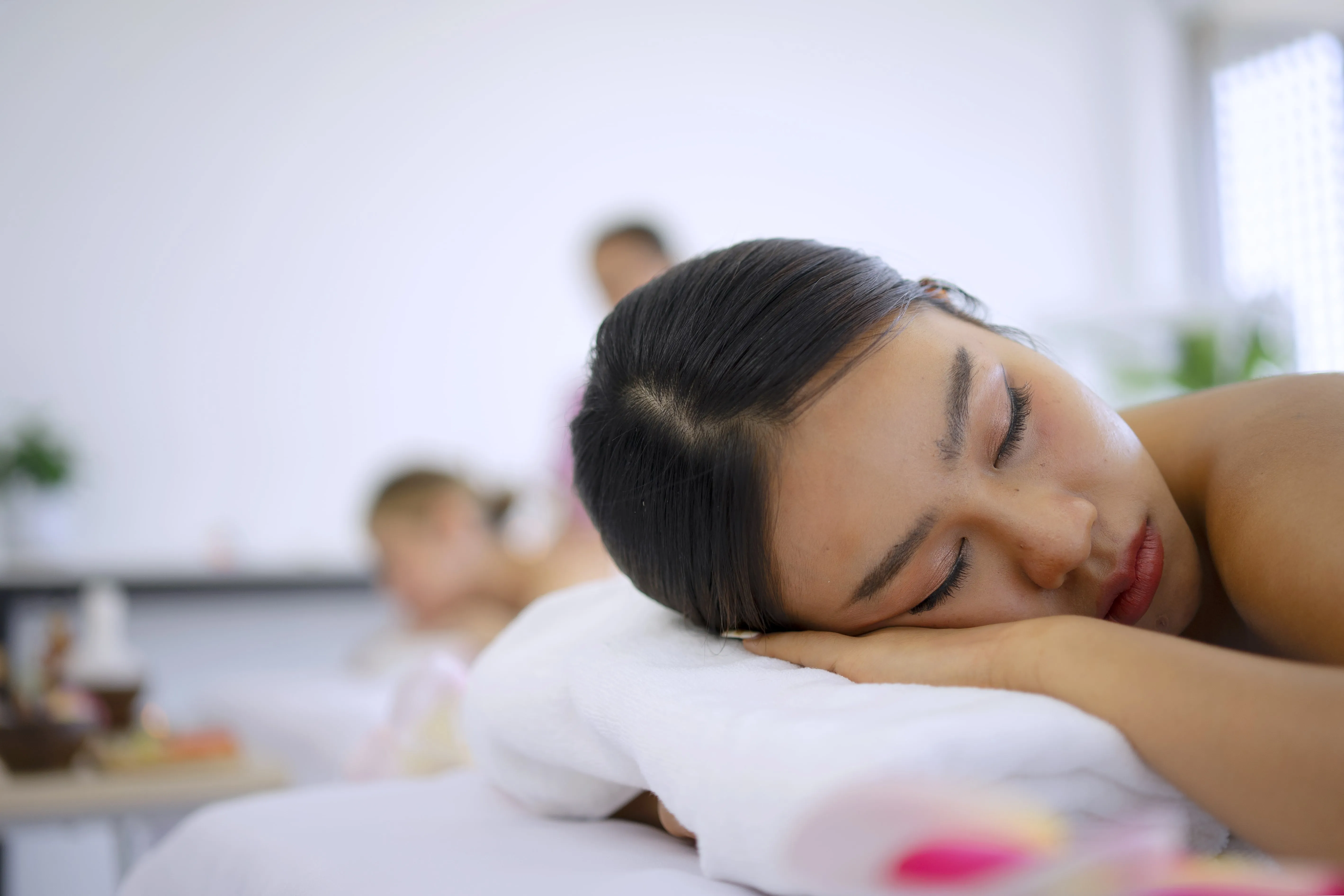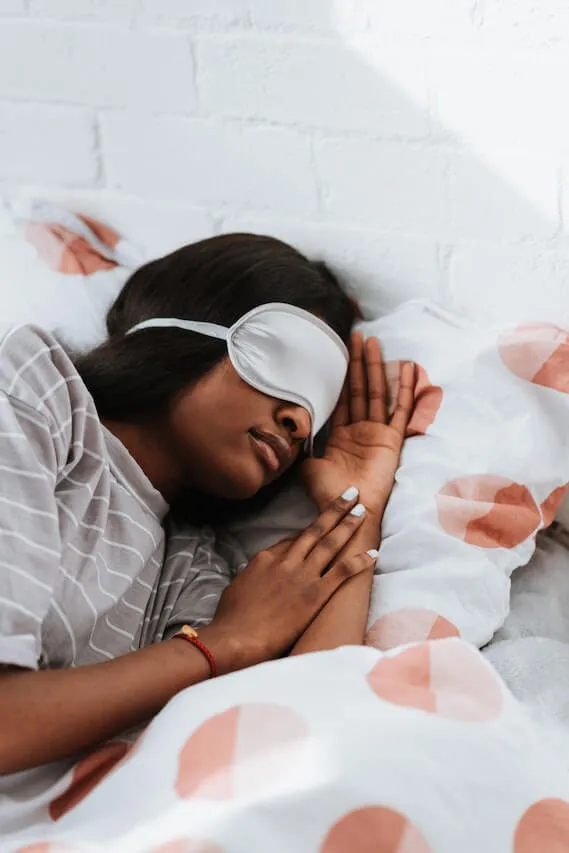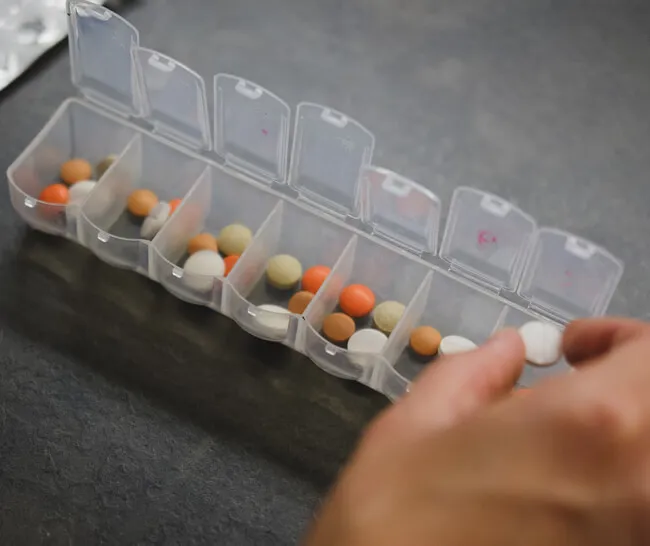Key Takeaways
- The World Sleep Society guidelines have been updated to help the public better understand how to read sleep tracker data
- Sleep wearables provide users with valuable insights, including sleep timing and duration. However, they have shortcomings such as incorrectly detecting sleep stages.
- The 2025 sleep tracker guidelines provide consumers with tips for maximizing the benefits of their sleep wearables.
{{mid-cta}}
It’s 6 a.m. and your alarm goes off. You roll over, shut it off, and glance at your sleep tracker. It proudly reports nine hours of sleep, but you feel anything but refreshed. If your data says one thing while your body says another, you’re not alone.
Sleep wearables (like Apple Watch, Fitbit, and Oura Ring) are wildly popular, but many people are left wondering: are these devices actually accurate?
A new set of expert-backed guidelines from the World Sleep Society aims to bridge the gap between consumer tech and real sleep science. Here’s what you need to know.
Why New Guidelines Were Needed
Sleep tech has outpaced the science, or at least the way science is communicated. Social media hype and product reviews often carry more weight than clinical research. That can make it hard for people to know what’s reliable and what’s just marketing.
The World Sleep Society’s guidelines bring clarity with:1
- A framework for how devices should measure and report sleep
- Guidance for healthcare providers on how to talk to patients about their data
- Recommendations for consumers on how to interpret their sleep trends
- Early direction on how people with (or at risk for) sleep disorders can use wearable data responsibly
Where Sleep Trackers Shine

Even with their limitations, sleep wearables bring meaningful value, especially when you use them as tools for learning rather than perfection.
According to the new World Sleep Society guidelines, these devices excel at:1
- Tracking patterns over time: Most wearables do a solid job capturing sleep duration and timing across weeks or months. This long-term perspective helps you see trends, identify disruptions, and spot the habits that support (or undermine) your rest.
- Raising sleep awareness: By providing daily feedback, trackers make you more mindful of your sleep behavior. Just seeing how late you stay up or how fragmented your sleep is can prompt changes that improve recovery and energy.
- Connecting actions to outcomes: Sleep trackers can show the impact of choices like late-night caffeine, evening workouts, or screen exposure. This feedback loop turns abstract concepts (“I slept poorly last night”) into concrete insights tied to your lifestyle.
- Offering early insights for potential sleep issues: Certain devices may flag patterns consistent with sleep-disordered breathing, circadian rhythm disturbances, or irregular sleep timing. While wearables shouldn’t replace professional diagnosis, they can highlight when it’s time to check in with a clinician.1
- Supporting habit-building: Consistency is the cornerstone of better sleep. Trackers help you build routines by nudging you toward predictable bedtimes, regular wake times, and recovery-focused behaviors. Over time, these small adjustments can compound into lasting improvements in rest and daily energy.
Real-World Example: Sleep Meets Metabolic Health
Consider combining a sleep tracker with a continuous glucose monitor (CGM) for deeper insight:
- Late-night snacking: You notice your tracker shows later bedtimes and shorter sleep after evening snacks. Your CGM confirms glucose spikes during these nights. The data points to a clear habit: avoiding late meals may help you sleep more soundly and stabilize glucose levels.
- Irregular sleep schedules: Weekend sleep-ins push your bedtime and wake-up time off schedule. Your wearable flags fragmented sleep, and your CGM shows higher morning glucose. By keeping a consistent sleep window, you improve both rest and metabolic balance.
- Exercise timing: A late-night workout seems energizing in the moment, but your tracker reports delayed sleep onset, and your CGM indicates post-workout glucose fluctuations. Moving exercise to earlier in the day may improve recovery and stabilize blood sugar overnight.
These examples highlight how trackers become more than just “sleep counters.” When paired with metabolic data, they reveal actionable patterns, helping you make small, sustainable adjustments that improve both sleep quality and overall health.
Where Sleep Trackers Fall Short

Sleep wearables are powerful tools, but they’re not perfect. The World Sleep Society guidelines highlight several key limitations to keep in mind:
- Sleep stage detection is imprecise: Most devices struggle to accurately identify REM and deep sleep. Your tracker might report a “full night of deep sleep,” even if your body didn’t get as restorative rest as you expected.
- Bedtime and sleep latency vary by device: How long it takes you to fall asleep (or even when your device marks “lights out”) can differ from reality.1 This variability makes it tricky to rely on single-night data.
- Sleep scores can be misleading: Algorithms compress complex sleep biology into a single number. Low scores don’t always mean you slept poorly, and high scores don’t guarantee you woke up refreshed.
- Over-reliance can backfire: Obsessing over sleep metrics may create anxiety or orthosomnia, a cycle of restless nights driven by tracking itself.2 If your device is causing stress, it’s doing the opposite of its intended purpose.
- Limited clinical insight: While trackers can flag trends, they cannot replace professional evaluation. Conditions like obstructive sleep apnea, insomnia, or circadian rhythm disorders require medical assessment.
Real-World Example: When Sleep Trackers Mislead
- The “perfect” night that feels awful: Your wearable reports 8.5 hours of sleep and a high sleep score, but you wake groggy. Your body’s experience doesn’t match the device’s algorithm. The takeaway? Trust how you feel alongside the data.
- Late-night disruptions missed: Your device may not detect brief awakenings or restless periods that significantly affect recovery. These micro-disturbances can impact glucose regulation and energy the next day, even if your tracker says you slept “well.”
- Variable metrics across devices: Switching trackers can yield different sleep duration, latency, or stage readings, making it hard to compare your data over time. Consistency in devices and perspective on trends rather than individual nights is key.
The bottom line: wearables provide useful guidance, but they’re not crystal balls. They work best when paired with subjective feelings, metabolic data, and consistent habits, rather than being relied on as the sole measure of “good sleep.”
Why This Matters for Metabolic Health
Sleep isn’t just about rest; it’s a cornerstone of recovery, energy, and metabolic balance. When your sleep is disrupted, your body’s systems respond in ways that directly affect glucose regulation:
- Cortisol spikes: Poor or insufficient sleep raises cortisol, your stress hormone. Higher cortisol levels drive blood sugar upward, leaving you more prone to energy crashes and cravings the next day.
- Reduced insulin sensitivity: Sleep deprivation makes insulin less effective at managing glucose, meaning your body struggles to regulate blood sugar, even after normal meals.
- Increased oxidative stress and inflammation: Skimping on rest elevates markers of inflammation, which are linked to higher blood glucose and longer-term metabolic risk.
And the feedback loop goes both ways: unstable glucose can disrupt sleep. High nighttime glucose may interfere with restorative sleep, while conditions like obstructive sleep apnea and sleep-disordered breathing are strongly associated with suboptimal glucose levels.
How Trackers and CGMs Bring Insight
This is where continuous glucose monitors (CGMs) paired with sleep trackers become powerful tools:
- By overlaying nightly sleep patterns with glucose trends, you can see how late meals, stress, or irregular sleep schedules affect your metabolism.
- For example, a late-night snack may trigger a glucose spike that coincides with restless sleep, revealing a direct connection between behavior, sleep quality, and metabolic impact.
- Similarly, a consistent bedtime and longer restorative sleep might correspond with more stable overnight glucose, supporting better energy and focus the next day.
Using both sleep and metabolic data together gives a richer picture than either metric alone. You can identify habits that support recovery, improve energy, and stabilize blood sugar, turning insights into actionable steps that enhance both sleep and metabolic health.
Smarter Ways to Use Your Sleep Tracker

Pairing sleep trackers with CGM insights lets you move from data to action. Here are some practical strategies:
Time your evening meals for better sleep and glucose stability
- Notice how late-night snacks affect your overnight glucose and sleep quality.
- Experiment with finishing meals 2 to 3 hours before bed to reduce nighttime glucose spikes and improve restorative sleep.
Align exercise with your body’s rhythm
- Check whether late workouts disrupt sleep or cause post-exercise glucose fluctuations.
- Try moving higher-intensity sessions to earlier in the day to protect both sleep and metabolic balance.
Optimize caffeine and alcohol timing
- Track how late-day coffee or evening drinks influence sleep latency and overnight glucose.
- Adjust timing gradually, noting improvements in both rest and metabolic stability.
Build consistent sleep routines
- Compare bed and wake times with glucose trends.
- Even small improvements in consistency (like a 15 to 30 minute earlier bedtime) can reduce stress on glucose regulation and enhance recovery.
Focus on trends, not single nights
- Look at 1 to 2 week windows of combined sleep and glucose data to identify meaningful patterns.
- Avoid overreacting to occasional spikes or rough nights. Focus on long-term habits that consistently support health.
By connecting behavior, sleep, and glucose, you turn insights into actionable habits. The result? Better recovery, more stable energy, and a clearer understanding of how your lifestyle affects metabolic health.
The Bottom Line
Sleep wearables aren’t perfect, but they’re valuable when used wisely. They help identify patterns, guide habits, and provide insight into the connection between rest and metabolism. Pairing sleep data with a CGM transforms raw numbers into actionable intelligence, helping you recover better, stabilize energy, and optimize metabolic health.
The key is not chasing perfect scores; it’s about noticing trends, experimenting with behaviors, and building sustainable routines that truly improve how you feel and perform.
Topics discussed in this article:
References
- Chee, M. W.L., Baumert, M., Scott, H., Cellini, N., Goldstein, C., Baron, K., Imtiaz, S. A., Penzel, T., & Kushida, C. A. (2025). World Sleep Society recommendations for the use of wearable consumer health trackers that monitor sleep. Sleep Med, 131. https://doi.org/10.1016/j.sleep.2025.106506
- Summer, V.J. (2022, June 3). What is Orthosomnia? Sleep Foundation. https://www.sleepfoundation.org/orthosomnia




.svg)










.svg)
.svg)
.svg)
.svg)
.svg)
.svg)
.svg)
